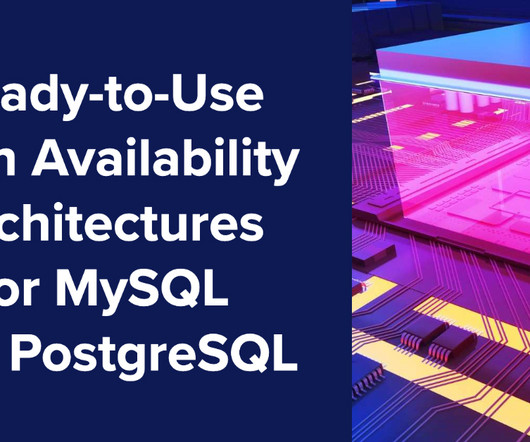Kubernetes in the wild report 2023
Dynatrace
JANUARY 16, 2023
Findings provide insights into Kubernetes practitioners’ infrastructure preferences and how they use advanced Kubernetes platform technologies. Kubernetes infrastructure models differ between cloud and on-premises. The strongest Kubernetes growth areas are security, databases, and CI/CD technologies.
















Let's personalize your content